Few films are ever guaranteed successes but some, such as this year’s Avengers sequels and entries in established franchises with excited fanbases, can at least count on some support. But then there are the surprises, the out-of-leftfield shocks that no one really saw coming. They are the sleeper hits, the ones that defy expectations. With one of them, The Best Exotic Marigold Hotel, about to hit sequeltown, here are a few of the most surprising sleeper stories…
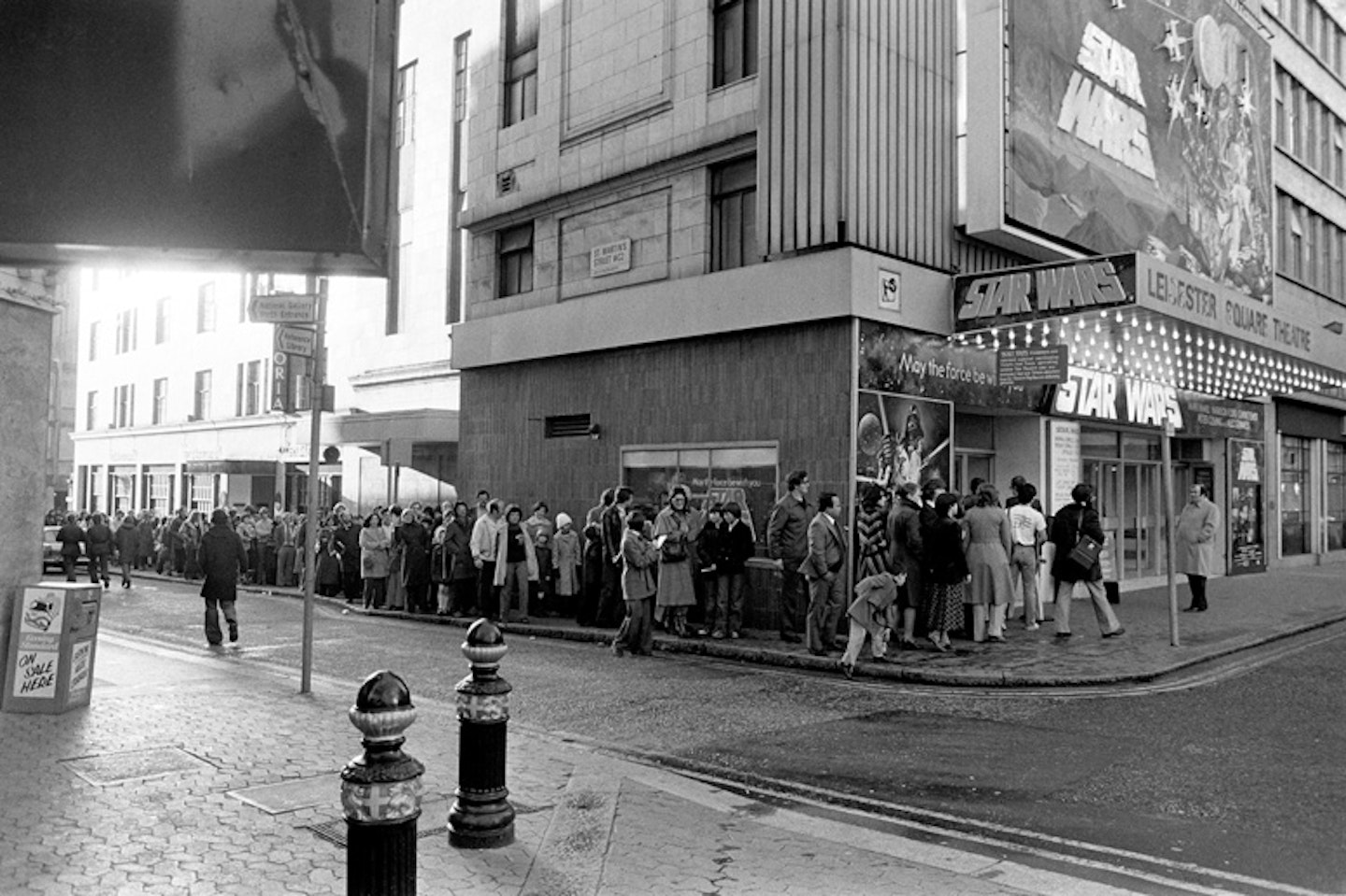
Star Wars (1977)
Possibly the most famous sleeper hit in history, Star Wars was the little space opera that really, really could. Rejected by almost every studio (including Universal, which agreed to make the film under a two-picture contract that also included American Graffiti, then balked at George Lucas’ high-falutin’ sci-fi ideas), the homeless orphan of cinema eventually ended up at 20th Century Fox.
Though Lucas’s company ordered ad man Charles Lippincott to act as marketing director, pitching the film most memorably at the 1976 San Diego Comic-Con, fewer than 40 cinemas ordered the finished product, and it arrived on Wednesday May 25, 1977 on fewer than 32 screens. Then something began to happen. Word of mouth spread faster than an exploding Death Star shockwave. Queues soon snaked round the block. The film even enjoyed an unprecedented second opening in August the same year, with 1,096 prints now on release around the US and many more across the world. It eventually earned $220 million (more than $856 million in today’s dime) from just that initial theatrical run. Not to mention an entire franchise and one of the biggest pop cultural touchstones in history. Apparently, someone is even making a Star Wars film for release this year, but no-one has said much about that.
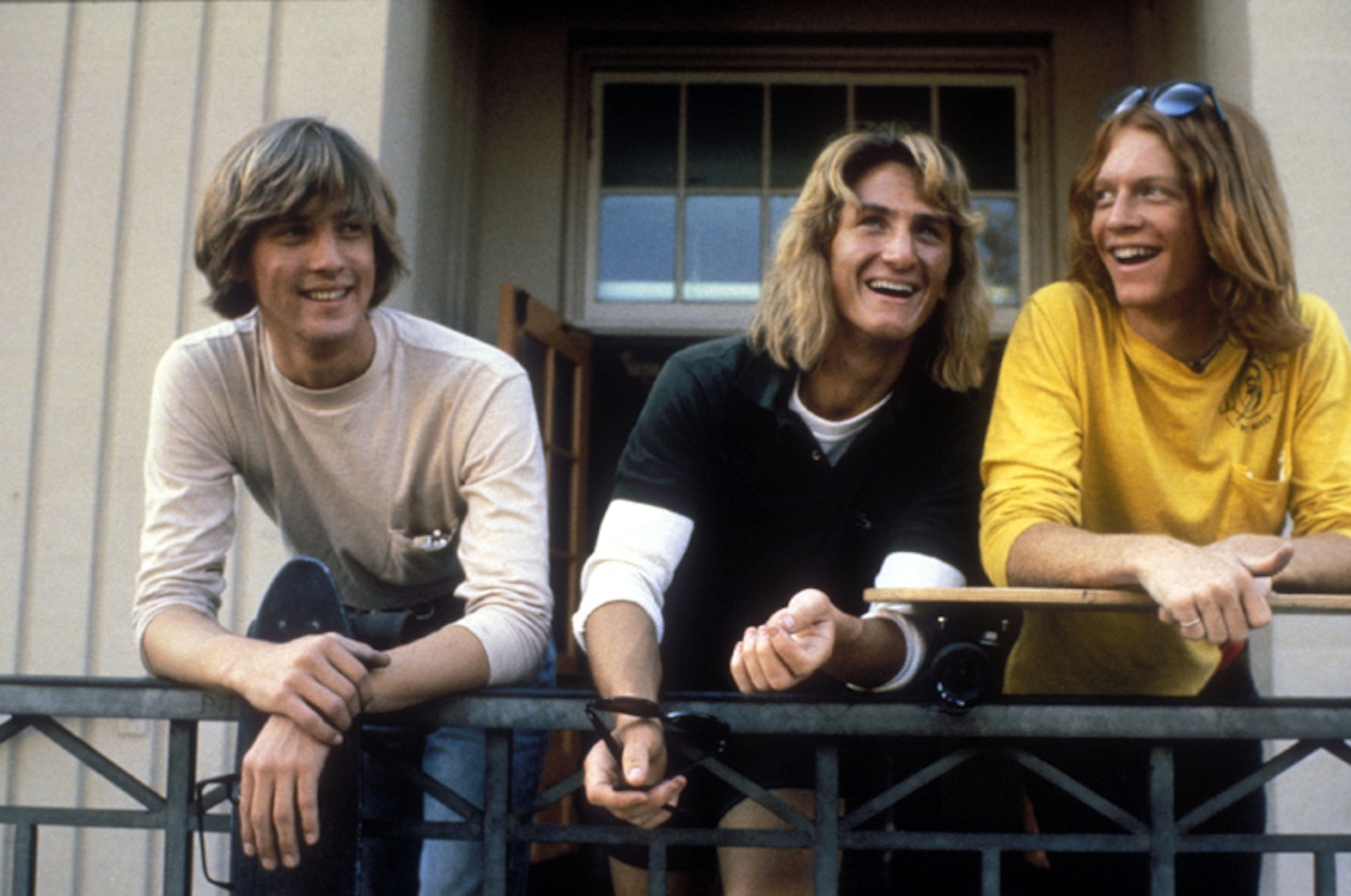
Fast Times At Ridgemont High (1982)
A film that features Nicolas Cage, Phoebe Cates, Jennifer Jason Leigh, Forest Whitaker and Judge Reinhold might not seem likely to fly under the radar, but you’ve got to remember the time it arrived. Written by Cameron Crowe after spending time undercover at a San Diego high school (initially for a book) it was directed by Amy Heckerling on her first studio assignment.
Universal was unsure about the film’s prospects – so much so, that it initially didn’t even release it on the East Coast. At first appearing in mall cinemas and drive-ins, the movie began garner a lot of word of mouth, and enjoyed a strong opening weekend, whereupon the studio launched it to a much wider audience. It ended up earning $3.25 million in its first year, but its cult status and fame/notoriety really grew in the burgeoning home video market, where it ended up making more than $27 million. In 2005, the US National Film Registry selected the film for preservation.

Sleepless In Seattle (1993)
While pairing Tom Hanks and Meg Ryan might have seemed like a no-brainer after the film came out, you have to remember that their previous collaboration, Joe Versus The Volcano arrived to tepid reviews and less than rapturous box office. And Sleepless nearly didn’t feature the pair again either – Julia Roberts and Kim Basinger were both offered the Annie Reed role before Ryan.
The reaction to this one was huge. Working from a $21 million budget, co-writer/director Nora Ephron fashioned a $200 million worldwide hit, one of the more enduring romantic comedies in film history that is still referenced today. The 1998 attempt to recapture the magic with You’ve Got Mail also did well, with more than $250 million in the bank worldwide, but it’s never seen in the same light. And by then, of course, it was hardly a sleeper...
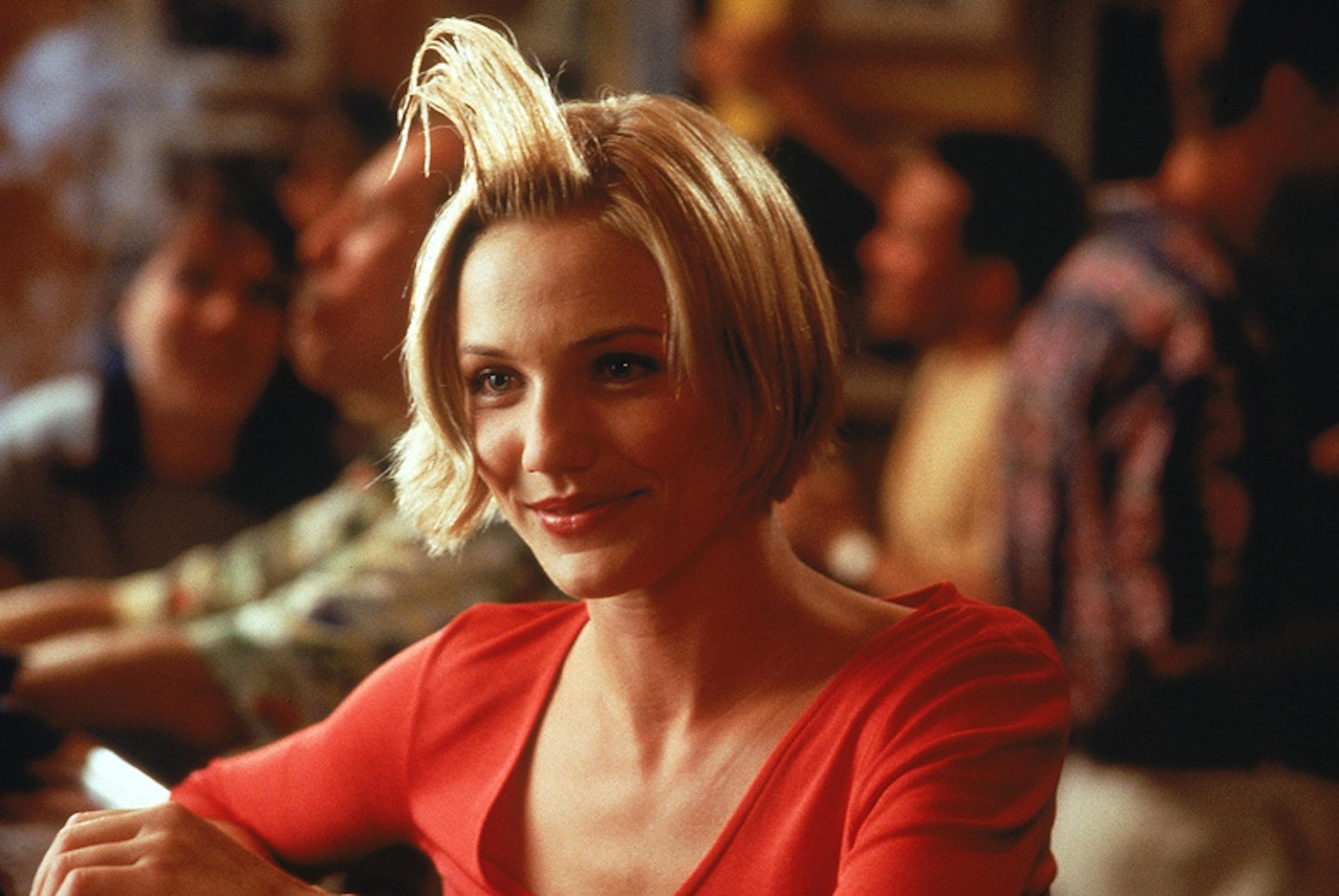
There’s Something About Mary (1998)
That Peter and Bobby Farrelly could make a successful comedy was perhaps less surprising given that this was the follow-up to Dumb And Dumber and Kingpin. But Mary was much more of a stealthy hit, despite seeming to boast all the right ingredients – the brothers’ gross-out/sweet-natured style plus an attractive cast and a good marketing hook.
But still, the film opened fourth at the American box office upon its arrival in July 1998. It’s almost unheard of – before, or since – for a film to then spend several weeks climbing back up to take the top spot. But Mary did it seven whole weeks after its initial release, which is an incredible achievement. Launching to $13 million in the States, it has since taken more than $369.8 million around the globe. It gave Ben Stiller and particularly Cameron Diaz a massive career boost and opened the door for the R-rated comedy successes that would come after (looking at you, The Hangover).
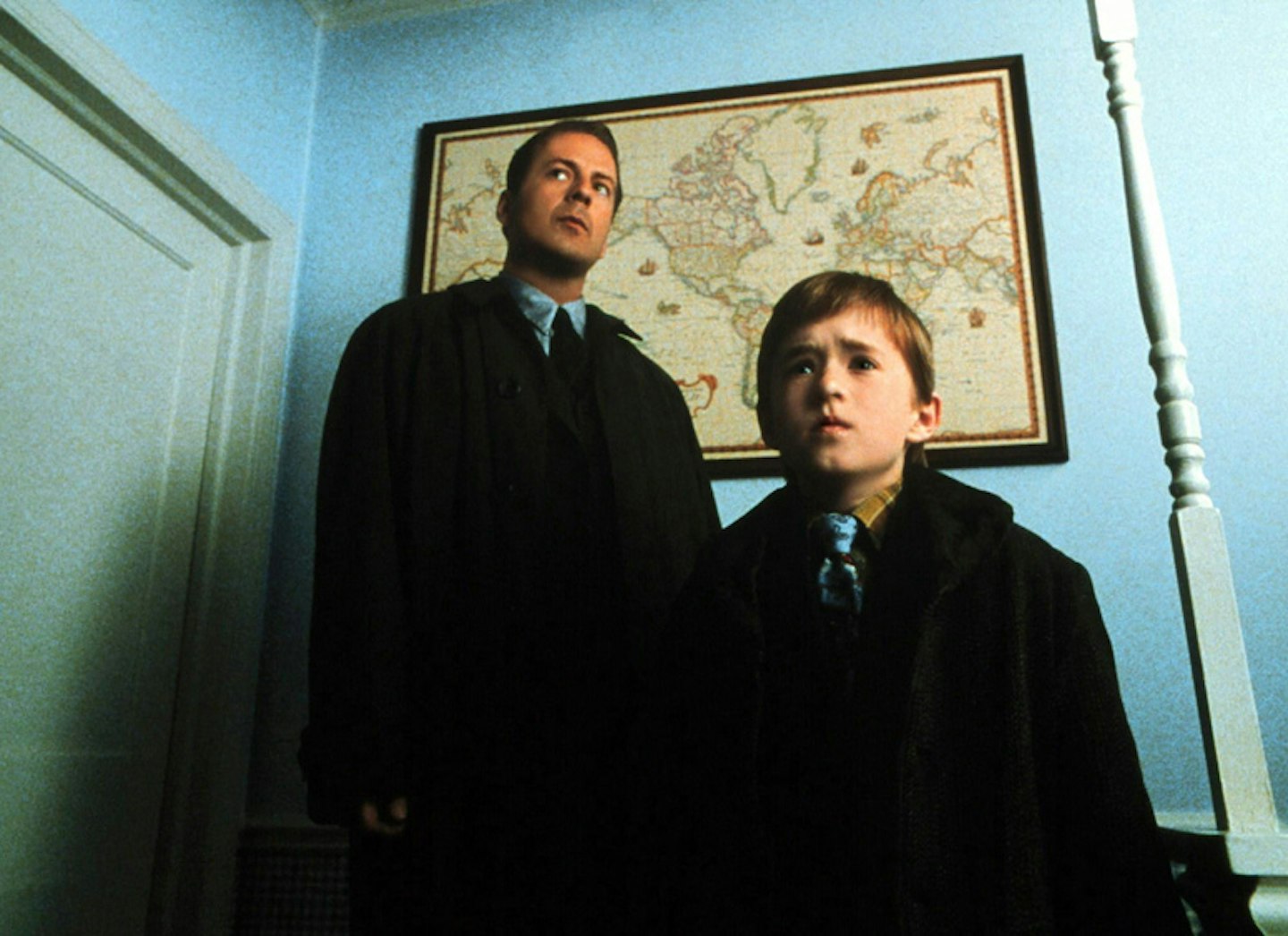
The Sixth Sense (1999)
Considered a major gamble in its early stages, the script for The Sixth Sense was bought as a spec by David Vogel, who was serving as Disney’s president of production without the approval of his bosses. The $3 million included the contract stipulation that writer M. Night Shyamalan, with just two small films to his name, could also direct this one. Vogel was later dismissed from his position and the Disney brass, worried about the potential for the movie, sold the production rights to Spyglass while holding on to distribution to minimize any potential financial risk.
The Mouse House’s team needn’t have worried: The Sixth Sense, which was made for around $40 million, earned $26.6 million on its August opening weekend in 1999, and stayed locked in place at the top of the box office charts in the States for five weeks, ending up as the second highest-grossing film of 1999 (behind Star Wars: The Phantom Menace), eventually earning $672.8 million worldwide. Here in the UK, it was initially treated to a limited nine-screen opening and an eighth-place launch in its first week before the word of mouth about the ghostly twists and turns saw it clamber to the top of the charts in its second week of release, on 430 screens. If there’s a downside to the film’s success it’s that it convinced Shyamalan to keep adding twists to his stories, something that has seen diminishing returns through the years.
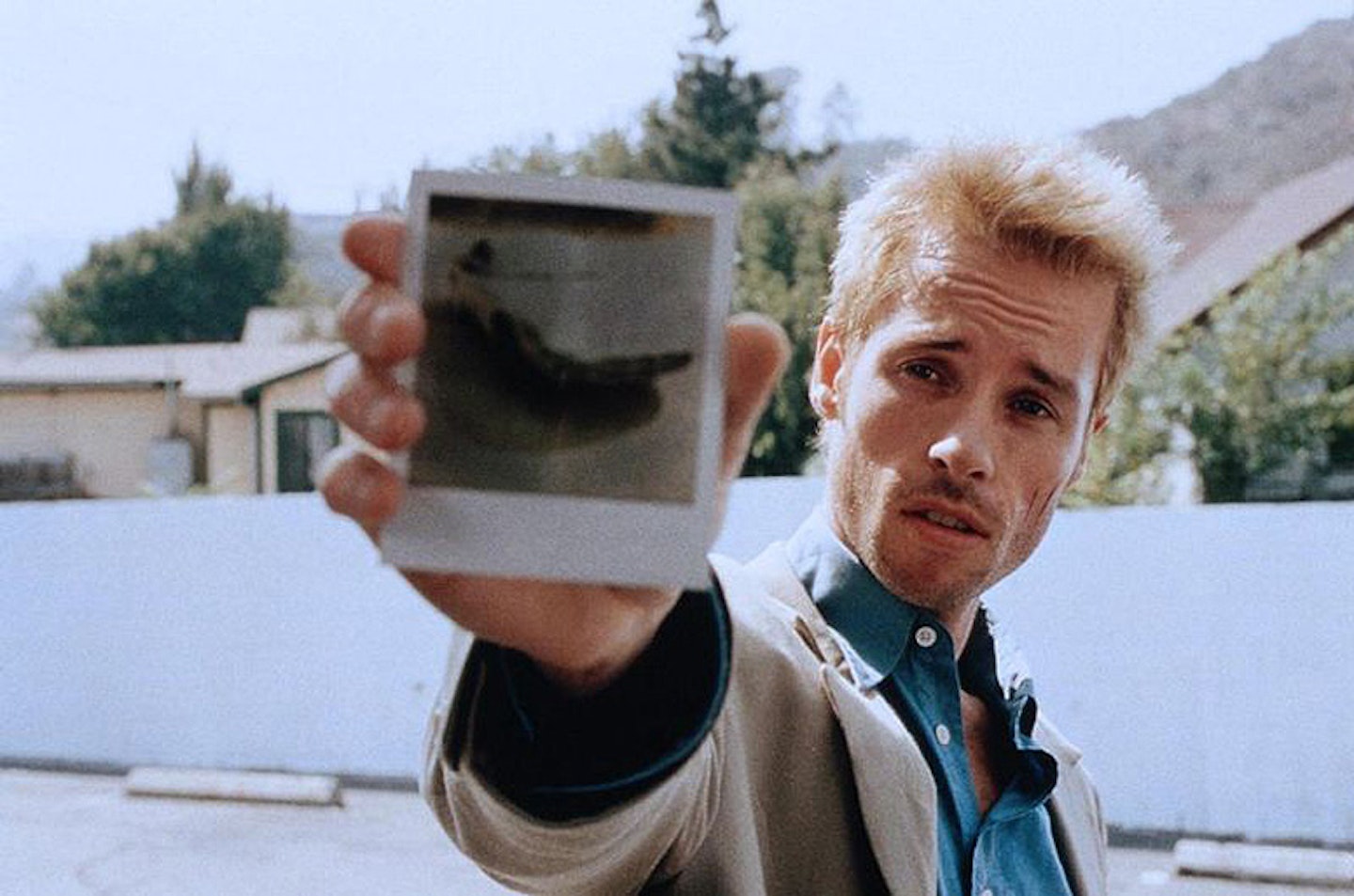
Memento (2000)
The film that helped announce Christopher Nolan to a wider world than had ever seen the likes of Following, Memento itself was a slow burn to start. Spawned from a story by Chris’ brother Jonah – and written by him as a similar short story – the film was nearly bigger to begin with as Brad Pitt was the first actor chosen for the lead before dropping out for scheduling reasons, replaced by Guy Pearce.
Premiering at the Venice Film Festival in 2000 to a standing ovation, Memento went on to a successful festival fun and was quickly picked up by distributors in more than 20 countries. A stop at Sundance in January 2001 was intended to raise awareness and gather potential American suitors but the States proved a tougher nut to crack. Screened to various studio heads, the clever, plot-in-reverse film was cited as excellent but also too confusing to be able to attract a mainstream audience. Steven Soderbergh proved to be helpful, talking up the film at every opportunity, though production company Newmarket ended up distributing the title itself. It was a smart move – launched in 11 cinemas, Memento eventually expanded to 500 and earned $25 million in the US. Nolan himself has gone on to direct a few slightly successful films, including several about a guy who dresses as a bat and clearly has issues.
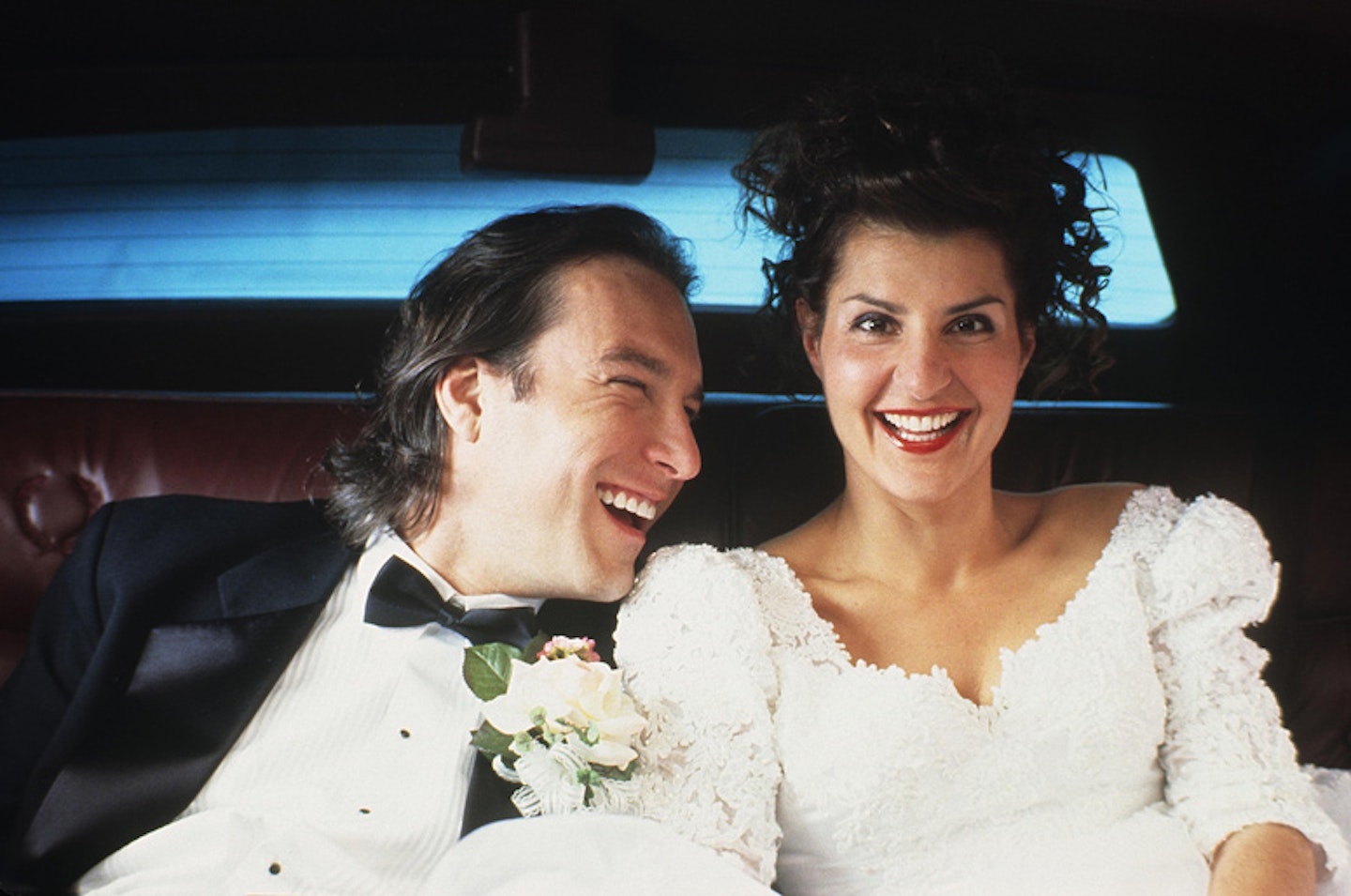
My Big Fat Greek Wedding (2002)
It helps that the Canadian/American co-production was shot on a relatively miniscule $5 million budget, without having to handle big star salaries and filmed for tax break reasons in Chicago and Toronto. Based on writer/star Nia Vardalos’ real life as a Greek American woman who married a non-Greek fellow actor, the story was initially produced as a play, then went through the usual studio development hell as bigger names were pondered for the lead role and one executive even suggested changing the family’s ethnicity to Hispanic. Vardalos resisted the alterations and eventually partnered with Rita Wilson, who had brought husband Tom Hanks to the play and convinced him to produce the film via his Playtone production company.
The result was a shocking success, even though the movie never hit the top of the box office charts. It was a massive hit worldwide, with more than $368.7 million making it the highest-grossing romantic comedy thanks to a 6150 per cent return on that low budget. Unfortunately, the good luck did not extend to the spin-off TV series, which debuted in 2003 and ran for all of seven episodes. Vardalos has said she’s written a film sequel, though it has yet to go into production.
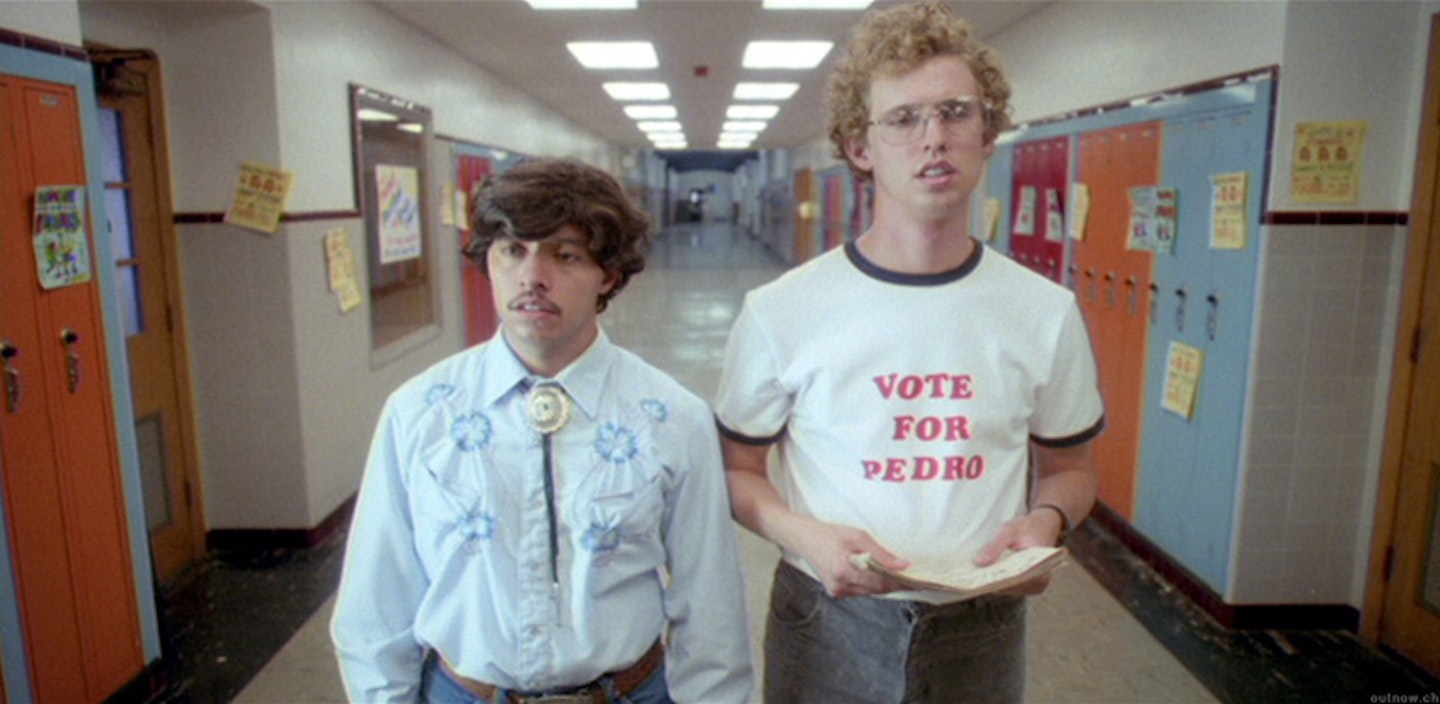
Napoleon Dynamite (2004)
Some films go on to become huge hits in the cinema. Others, such as Napoleon Dynamite, have a quieter time at the box office, but end up infecting pop culture and spawning a cottage industry of T-shirts and other merchandise. Filmmaker Jared Hess shot his indie on $400,000 budget – with $1,000 going to star Jon Heder, who had worked with the director on the short that inspired the final film.
Launched at the Sundance Film Festival in 2004, it was snapped up by Fox Searchlight, which partnered with Paramount and MTV Films for its Stateside release in June that year. A small, limited initial release allowed the companies to start spreading the word of mouth about the film, and a wider August release was where it really began to gather steam. All told, the film made $46.1 million worldwide and launched a line of badges, lunch boxes, clothing and a briefly ubiquitous Vote For Pedro T-shirts. Hess later worked on an animated TV version that ran for one season.
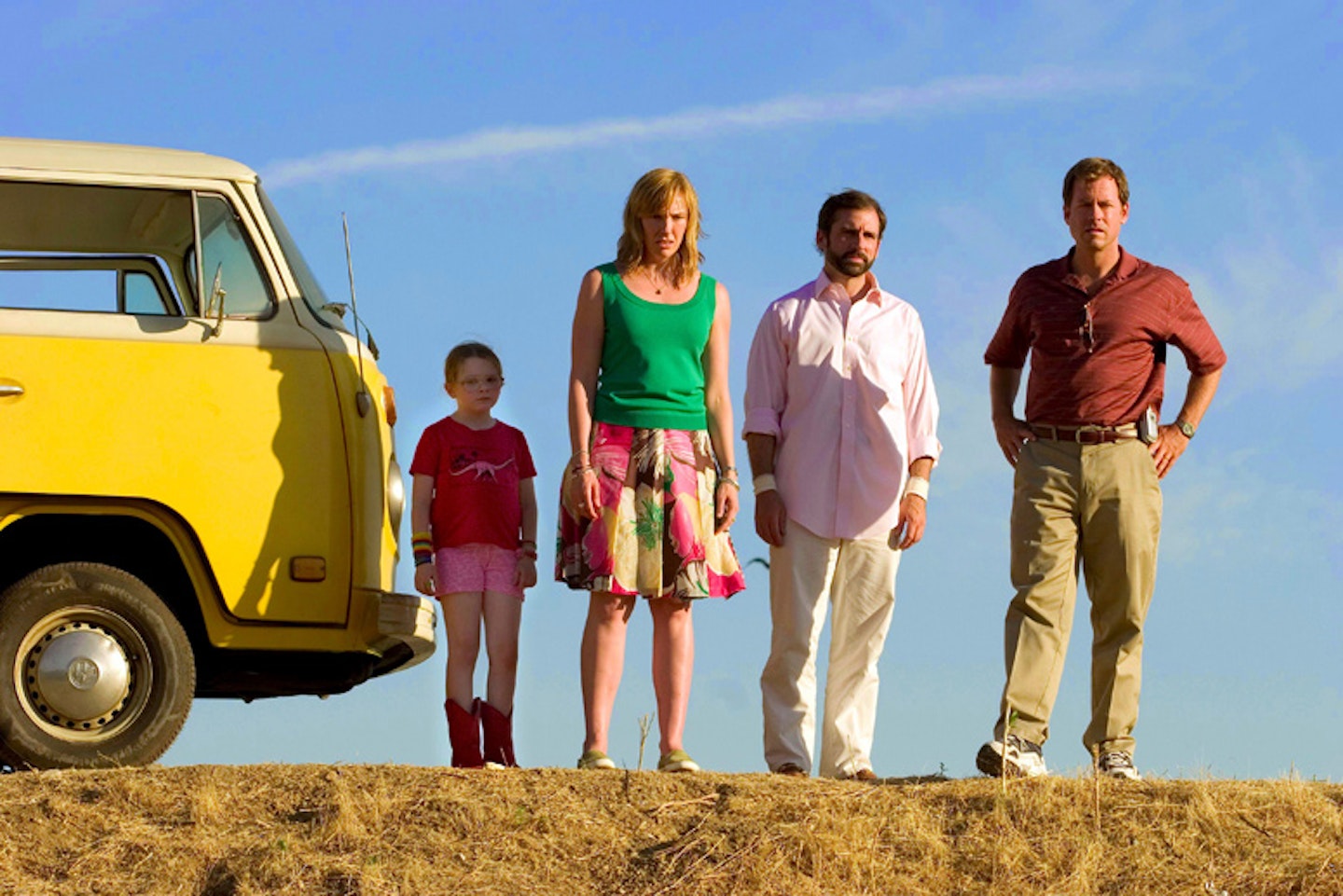
Little Miss Sunshine (2006)
A festival hit, the signs were good when Jonathan Dayton and Valerie Faris’ film was quickly snapped up at the 2006 Sundance event by Fox Searchlight for $10.5 million, one of the biggest in the fest’s history. It capped a troubled production that included difficulties finding a production company to make the thing in the first place and having to pay Focus Features back the development costs when the company decided not to go ahead.
Upon release, in just seven cinemas, the film earned $498.796. But it grew from there, until it enjoyed the highest per-theatre average gross of all the films shown in the United States every day for the first 21 days of its release. It never quite topped the US box office charts – its highest position was third place – but it was a roaring success despite mixed reviews, eventually earning $100.5 million globally plus two Oscars, one for supporting actor Alan Arkin and one for Michael Arndt’s screenplay.
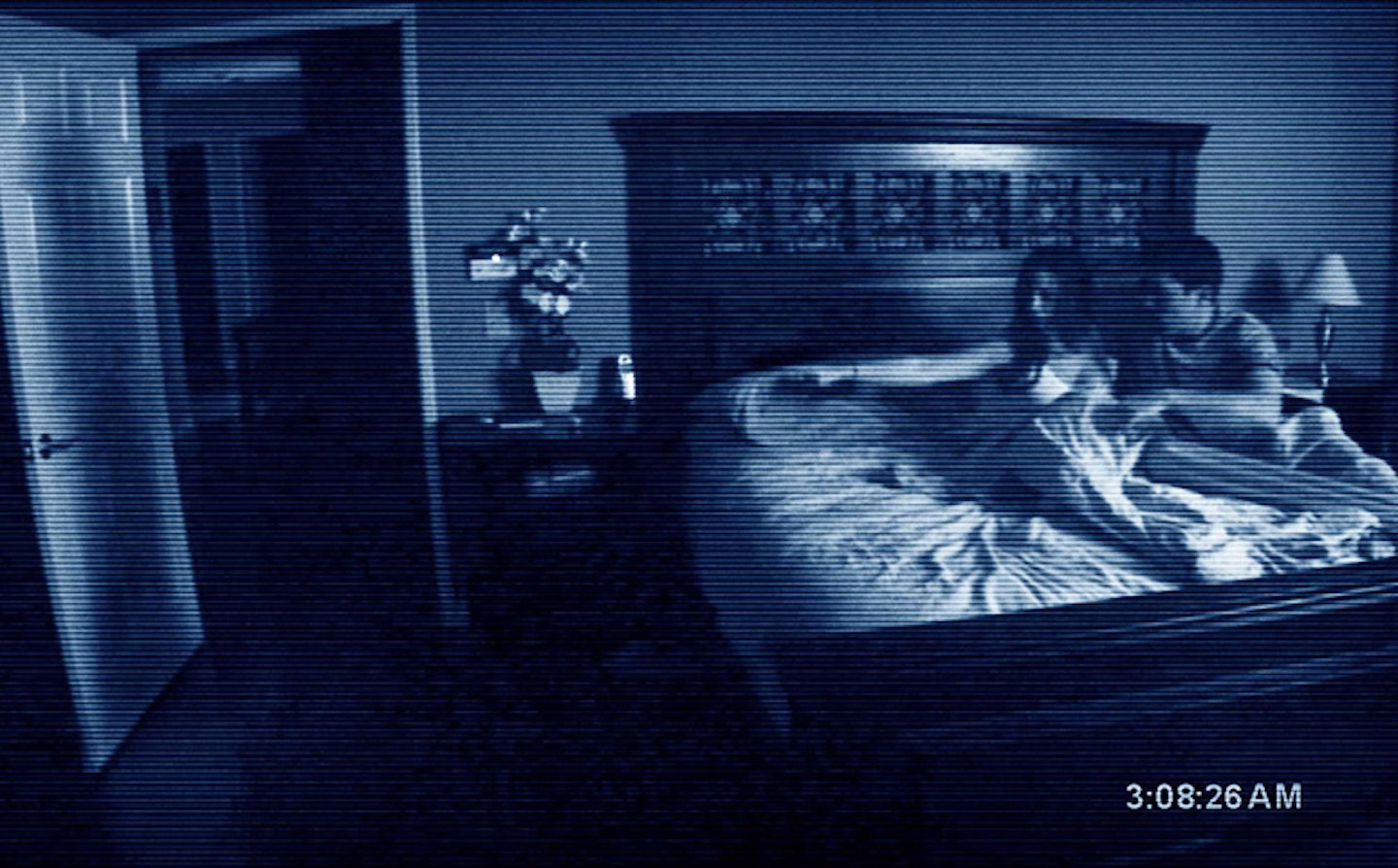
Paranormal Activity (2007)
Horror films can become great sleepers: just look at The Blair Witch Project back in 1999. That said, Oren Peli’s film is probably better described as a sleepwalker hit that stands besides cinema seats and rocks creepily in sped-up footage. Made by Peli during a week-long shoot for the fantastically low budget of around $15,000 – yes, that’s thousand – the chiller about a couple haunted by a demonic presence in their house that document the events on a Camcorder originally premiered at film festivals. CAA struck a deal with Peli and began sending the movie out on DVD to everyone and anyone, where Miramax executive Jason Blum saw it and worked with the director to re-edit the film and submit it to Sundance. It didn’t make it in, but the DreamWorks team, including Steven Spielberg bought the rights to a remake. Peli, though stipulated that it should receive a test screening first, at which it appeared people were walking out. Worried they had a bomb on their hands, the DreamWorks team were surprised to learn it was because people were scared...
With Paramount acquiring DreamWorks, it seemed destined to head back into limbo, but in 2009, Adam Goodman – who had been present at the fateful test screening – became production chief at the studio, and the film arrived in US cinemas in October 2009. But that was after Peli and the marketing team had used a site called Eventful to schedule college town screenings and build word of mouth. On its wide release, it opened fourth, but gathered enough buzz and momentum to rise to first place the following weekend, eventually beating out Saw VI. The movie went on to make $193.3 million worldwide theatrically, which doesn’t seem huge, but has to be balanced against that tiny original budget and the relatively low sums to acquire it. Sequels inevitably followed, with the latest, Paranormal Activity: The Ghost Dimension due this year.

Slumdog Millionaire (2008)
Being nominated – and winning – several Academy Awards can certainly help a film’s awareness. But initially, Slumdog Millionaire needed a miracle, not an Oscar bump. Warner Independent Pictures acquired the North American rights to the film in August 2007, with Pathé making a deal to distribute it internationally. Yet in May 2008, Warner Independent was shut down and its projects transferred to Warner Bros., its parent company. Doubting the film’s commercial prospects in the States, Danny Boyle’s film was initially targeted for a straight-to-DVD release. A deal with Fox Searchlight helped get it back on track as a theatrical release.
And then the juggernaut began to rumble. Festival screenings at Telluride and Toronto helped deliver big positive buzz for the movie, and despite a limited release in November 2008 in order to qualify for awards season, events started to snowball. The film’s Oscar success – eight wins out of ten nominations – spurred huge public interest. Slumdog, produced for around $15 million, went on to take $377.9 million worldwide. In the UK, it opened in second place, and then jumped to the top of the charts in its second weekend, the biggest ever increase for a wide release here. After the Oscars, it returned to the top spot, eventually making $26 million in the UK alone.
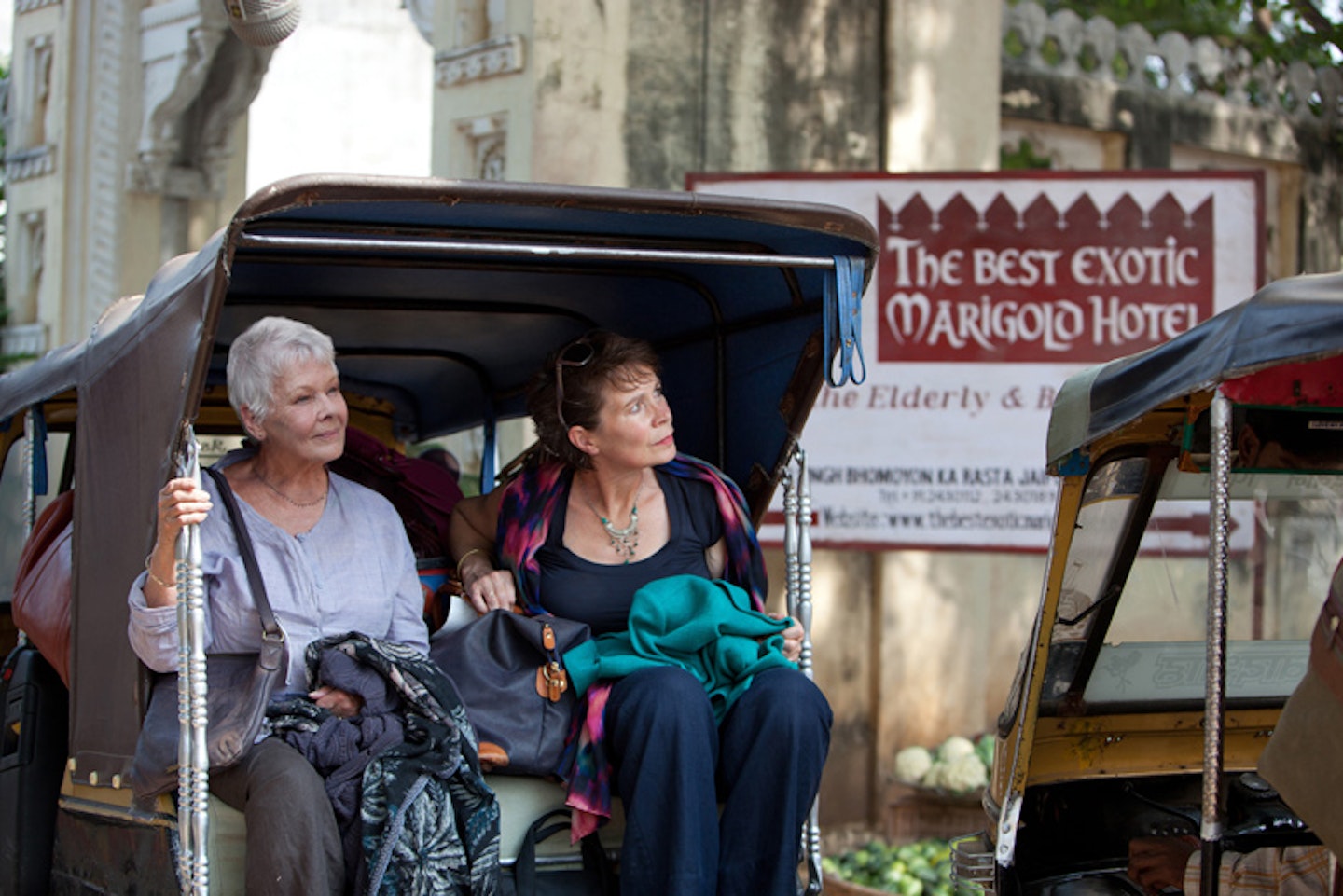
The Best Exotic Marigold Hotel (2012)
Another film that suffered from early difficulties – Working Title was only one of the production houses to reject proposals from screenwriter Ol Parker and producers Graham Broadbent and Peter Czernin – but with funding in place, director John Madden gathered a who’s who of older British acting talent, plus Slumdog’s Dev Patel, to tell the story of a group of retirees who fetch up at the titular establishment, only to discover it’s not quite as advertised.
The film got a relatively quiet start, kicking off at Italian trade show Le Giornate Professionali di Cinema and the Glasgow Film Festival before its wide UK release. The Woman In Black beat it to the top box office spot, but the film had staying power, sitting at the head of the chart in its second week and ending up the fourth-highest grossing release in the country that year. In the US, it had a platform release, starting with 16 screens in May the same year, expanding to more than 178 screens. It ended up with more than $136 million worldwide, tapping what has become known as the “grey pound” of older audiences (while maintaining wide appeal) and setting up this year’s sequel.